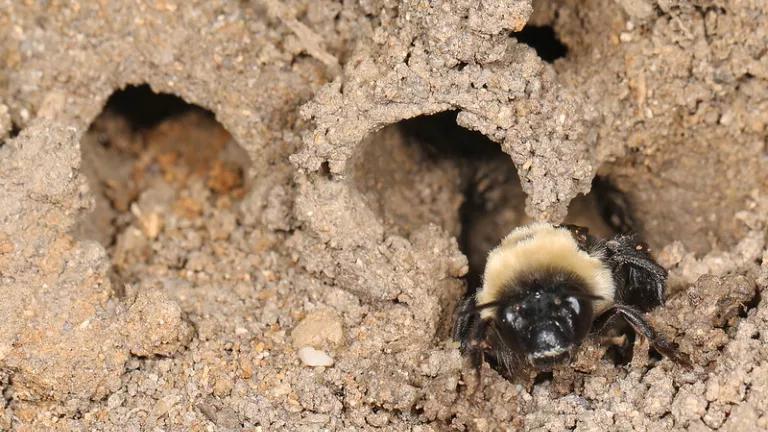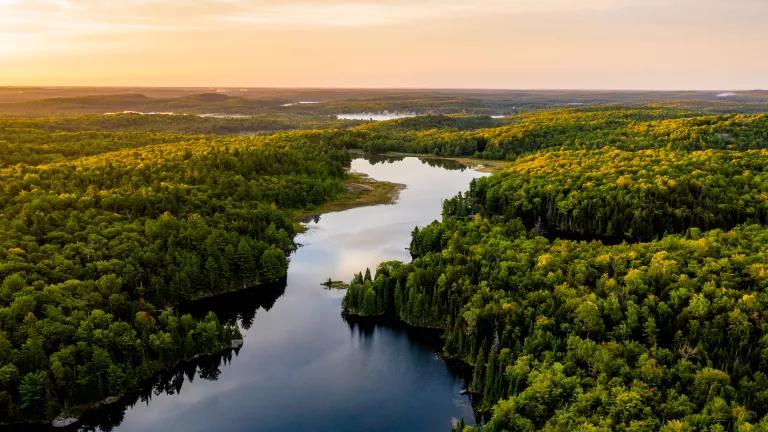How Can New York State Strengthen Its Electric Grid to Better Withstand Future Monster Storms?
Two weeks after Hurricane Sandy, the toll of lost life, lost homes, economic damage and human suffering is still unbelievable, heartbreaking and ongoing. While many New Yorkers have recovered from the storm, and power has been restored to some two million customers, tens of thousands of New Yorkers in areas that were flooded are still without power and heat.
Yesterday Governor Cuomo announced that he has established a panel of experts to investigate why so many New Yorkers lost power for so long and what steps can be taken to avoid prolonged outages after extreme weather events in the future. As the Governor explained, “As we adjust to the reality of more frequent major weather incidents, we must study and learn from these past experiences to prepare for the future.” Investigating these issues couldn’t be timelier or more urgent.
The region’s utilities faced a monumental task in restoring power after Sandy. The damage was unprecedented, some two million customers in New York City and Long Island lost power, and thousands of utility workers from all over the country have come to New York to aid New York’s utilities in the effort and have been working hard to restore power every day. The state’s utilities have now restored power to almost all customers whose homes were not flooded or damaged in the storm.
The U.S. Department of Energy estimates that there are still tens of thousands New Yorkers without power -- chiefly in neighborhoods close to the water in Brooklyn, Queens and State Island or on Long Island, whose homes were flooded by the hurricane’s storm surges, preventing utilities from turning the power back on power until the damage has been repaired and electricity can be safely restored.
As we start to move past the emergency response stage, we need to investigate how we can better secure New York State’s electricity system in this new age of extreme weather. At this point, there are still more questions than answers. So it’s timely that New York State is now focused on how to make its electricity grid stronger and more resilient.
How can we make New York’s electricity grid stronger?
Much of the Governor’s charge to the commission announced yesterday focuses on whether New York’s utilities were sufficiently prepared for Hurricane Sandy and acted swiftly enough to restore power. With so many New Yorkers without power for so long, those are important questions. But learning from the experience of Hurricane Sandy and preparing New York’s electric grid for the next monster storm is also crucial. Here are some additional questions that New York State should explore:
- Can simple measures such as more frequent trimming trees and beefing-up pole maintenance reduce the likelihood of downed wires? Are there other preventative measures like this (which utility experts call “storm hardening measures”) that can help make our grid more resilient in the event of a storm?
- Similarly, should above ground power lines in New York City, Long Island and other vulnerable regions of the state be buried underground to make them less vulnerable to hurricanes, snowstorms and other extreme weather events? What would such a vast infrastructure project cost, who would bear these costs, and what would the economic benefits be in avoided power problems?
- Can Con Edison protect its coastal substations in New York City from the next storm surge? Should they be raised or relocated to higher ground? Can technological fixes protect existing facilities?
- How can New York rapidly scale up its existing targeted energy efficiency, demand response programs (which provide incentive for large electricity customers to use less power during peak periods) and clean distribution generation programs (which generate clean power on-site at a home or business rather than at larger plants)? While these measures wouldn’t have prevented the outages following Sandy, they can help strengthen the grid by reducing demand and the stress on the system on peak days and by avoiding or deferring the need to build new electricity lines, which we’ve learned are so vulnerable to storms.
- Finally, what role can smart grid technologies, such as smart meters, play in speeding the restoration of power once it’s out? Smart meters provide two way communication between the customer’s home and utility, allowing more detailed information about electricity consumption and early identification of power problems. As NRDC has explained, smart grid programs can strengthen the electric grid, promote clean energy technologies and assist with restoration of power after an outage, if they are carefully planned and implemented. Use of smart meters has been credited with helping Vermont utilities to restore power relatively quickly after last year’s Hurricane Irene.
In the wake of this disaster, we need to get serious about answering these questions and investing in the right solutions now, in hopes of avoiding or reducing the human and impacts of in future storms. The Governor’s newly appointed expert panel is a good start.
Building climate resilience and curbing climate change pollution
New York also urgently needs to examine what we can do to make our communities more resilient to the overall impacts of climate change and how we can do more to curb global warming pollution. How can we strengthen building codes so that new and renovated buildings will better withstand impacts like Sandy? How can we be smarter about protecting our infrastructure from flooding? Do we need to reconsider long-standing patterns of waterside and coastal development in New York City and the region?
One thing is clear: Delayed action on climate change leaves us vulnerable. So in addition to preparing for the wide-ranging impacts of climate change, from protecting the reliability of our electricity system in the face of extreme weather and well beyond – New York State needs to become bolder and more aggressive in reducing our own contribution to climate change pollution, to lessen the blow of future impacts.
New York is a founding member of the Regional Greenhouse Gas Initiative (RGGI), a 10-state effort started four years ago that is making significant progress in reducing greenhouse gas from power plants in the Northeast and Mid-Atlantic, while boosting energy efficiency and clean energy at the same time. The state should build on this success by providing a leadership role in strengthening and expanding RGGI.
And whatever additional resilience costs may be, we know we can help defray them through increased energy efficiency measures throughout the electric system. Everything from lighting upgrades to smarter building systems not only reduces climate change pollution, but also reduces our energy spending and frees up funds to help make the upgrades we need to ensure our safety.
Greater reliance on renewable energy will also be necessary, and New York should increase its support for a range of renewable energy resources, including adoption of a long-term program for building solar power and launching an aggressive program to support offshore wind projects off New York’s coast.
Scientists have warned that extreme weather events like we just experienced in the region are likely to become more frequent and intense. And as we now know all too well, their damage can be strong and hit closer to home than many may have imagined before. As we start to rebuild, we’re counting on our leaders to do so smartly – to ensure we are as protected and resilient as we can be. And to ensure that we’re doing everything we can not to make the larger problem worse.
NOTE: If you would like to volunteer to help New York City families and neighborhoods struggling to recover after Hurricane Sandy, or if you would like to make a contribution to these efforts, one of many organizations that is doing great relief work is Congregation Beth Elohim, my synagogue in Park Slope, which has launched and is maintaining a comprehensive and effective assistance effort focused on helping people in the hardest hit communities, preparing thousands of meals and sending teams to help with clean up efforts. All are welcome to volunteer and all skills are needed.




